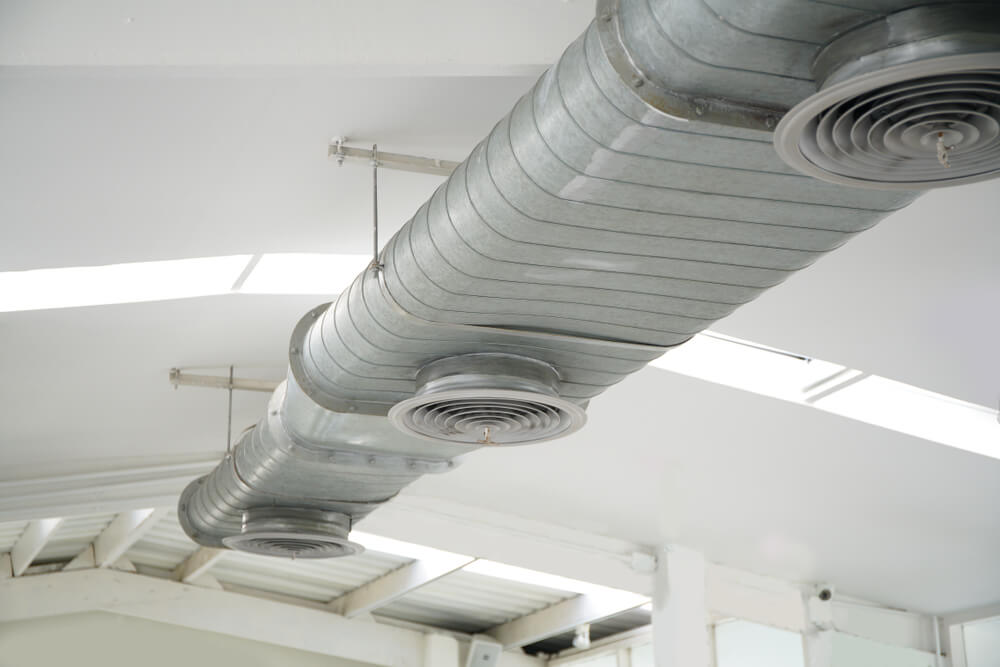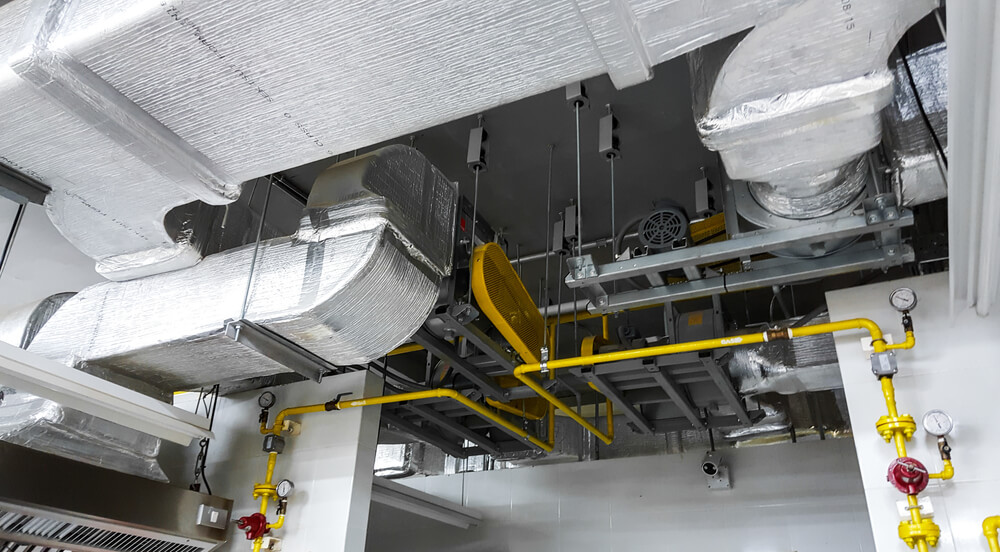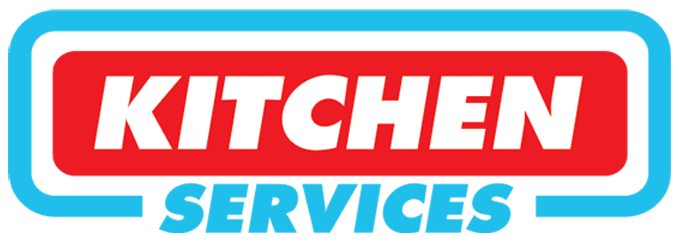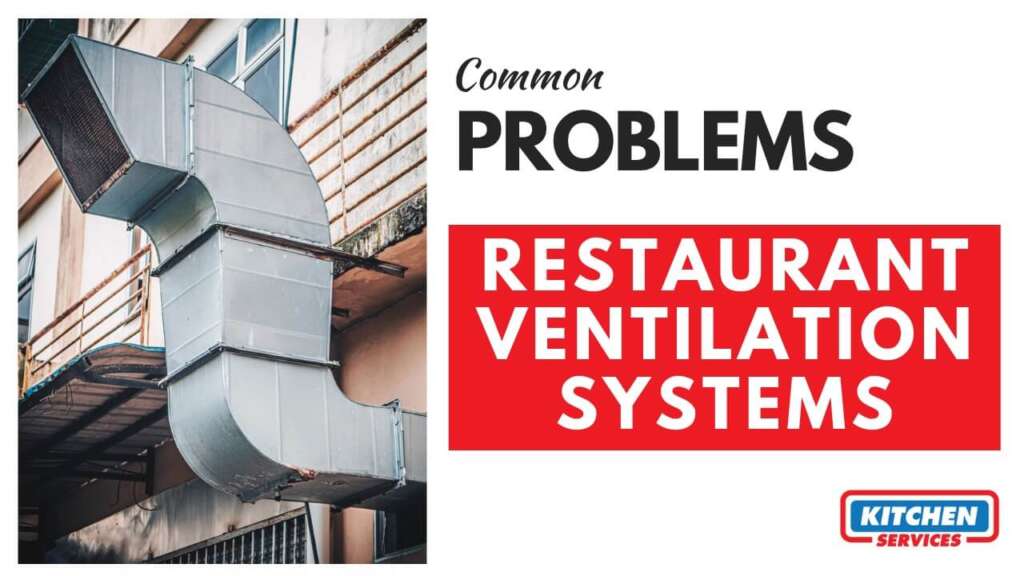Restaurant Ventilation systems are very important for the whole functionality of a commercial cooking area. Without having a proper exhaust system, a lot of problems can arise, and the results would be unfortunate. Regardless of their basic requirements and needs, some systems are installed in a very bad way, and this then becomes a danger to building residents. Keep reading to find out common problems with restaurant ventilation systems.
Importance of Restaurant Ventilation Systems
A badly installed system can cause various issues. They do not only become fire hazards, but they can fail drastically to successfully eliminate airborne grease as well. Not many people realize that the restaurant ventilation system cost is way less than the cost of repairing a damaged building, or even worse if you have to replace it completely. Every kitchen exhaust system is not constructed according to the authenticated practices. Regrettably, many of these are built without even appropriate access doors and are also very close to heat sources or any other flammable materials, or they may have more than one connection from multiple heat sources as well. Any of these bad setups can cause troubles in terms of fire. In order to protect your building, your staff, and your customers as well, it is very important to make sure that your restaurant ventilation systems do not have any of such issues in them. It could ruin your establishment completely.
Being a restaurant owner, you possibly have a lot to worry about. For most of the part, commercial exhaust fans may probably not be at the top of your head. But it is very critical that you at least pay attention to your exhaust systems and commercial fans that are there in your building though because in case you ignore the repair that your appliances need, you could end up having some serious problems with your restaurant. These problems can directly impact your restaurant’s comfort, functionality, and even the safety of your workers and customers. For this reason, you must address any exhaust hood issues as soon as you can.
Problems in Restaurant Ventilation Systems

In case you would like to learn more about the list of possible problems, we are providing you with the proper list. This article will discuss some commonly faced problems involving exhaust hoods and other aspects of your restaurant ventilation systems.
Access Door Arrangement
All of your panels must be appropriately sized in order to allow them for duct cleaning purposes. Moreover, they should be present in all the directional changes of the duct. In case it fails to execute these regulations prohibits the essential cleaning and maintenance of your exhaust system. Although in the worst-case scenario it might become a serious fire threat and haphazard for the people present in that locality. Shortage of cleaning, inspections, and maintenance of your exhaust fans will produce excess grease and oil, which can also cause your kitchen to become surrounded by fires. All the horizontal ducts should have access panels every 12 feet and within three feet on both sides of the fan. Always remember that the access panels should always be grease-tight and should be constructed of the same material and thickness as the ductwork is constructed. In case your system does not have a sufficient number of access panels for your kitchen exhaust system, then your system is likely not cleaned and maintained in a proper way. This may also expose you to a massive fire safety hazard. Access panels should also always be big enough to conduct a proper cleaning job.
Sanitation
When we talk about cleanliness, sanitation is considered as one of the most valuable attributes of any commercial kitchen, and this importance surely continues to your commercial kitchen’s exhaust techniques. Because they work as an air filter, no proper cleaning will leave your whole kitchen adding up to some horrible hazards. With that being said, all the problems caused by no proper cleaning not only become inconvenient but also a health hazard for all the people that are working inside your commercial kitchens. Professionals always suggest that cleaning should take place every 90 days, at the minimum. Along with it, if you observe any sort of nasty and unpleasant smell escaping from the exhaust system, you can always talk about it with professional cleaners.
Motors
You may sometimes notice a weird noise that is coming from your kitchen’s exhaust system, in that case, there are high chances that your exhaust fan has a problem with its motor. Any sort of weird sounds like these usually indicates that your exhaust fan needs replacement. In case you do not replace it, your whole system could break down and it can also cause a lot more problems. Every so often this noise may seem minor but could indicate terrible damage in the future. Also, this noise might be loud at some times, but it only requires some minor maintenance and not the whole replacement. In either case, checking with a professional inspector is the best course of action.
Moisture Infiltration
As condensation is produced by exhaust systems, so this can cause a lot of problems for your commercial kitchens. In order to check for surplus moisture, you should remove your exhaust fan’s cover and detect if there are any signs of excess moisture. There is always going to be some moisture, but excessive moisture is usually not a good sign. So, a lot of problems can occur if the moisture builds up and get into your kitchen. This can cause germs, an unhygienic cooking space, and mold growth as well. Excess moisture can ruin the whole kitchen and has already ruined many restaurants in the past. To check for excessive moisture buildup and infiltration you can power off the exhaust system and also you can take the fan cover off.
Power Failure
One of the other main problems that your restaurant ventilation systems may have, is the loss of power supply. This can happen due to system failure, or any other faulty power supply. In both of these cases, it must be examined as soon as you can. We all know that any functional kitchen cannot be completed without the proper exhaust system in it. One of the major reasons for this problem is a tripped circuit breaker, this is typically caused by the exhaust fan. A simple spin of the switch might be all it takes to get the system back up into its functioning state. However, non-professionals should never handle electrical equipment by themselves. Consulting your local commercial HVAC engineer to take a look is best. Causes include:
Grease Removal Device Too Close to Heat Source
Do you know that the majority of fires in your commercial kitchens are usually caused by accidental flare-ups from your stovetop? When any explosion source is installed very close to any grease removal device, there are high chances that it can turn a flare up into an explosive fire within the kitchen exhaust hood and ductwork. There should always be at least 18 inches between the grease removal device and the cooking surface. If it is a charcoal type of broiler, then it must be at least four feet away from it. It is very essential to always protect your grease removal devices from burning gases and from any direct flames for true fire safety.
Split Maintenance Responsibilities

In case you have a commercial kitchen in a split maintenance facility or in any multi-level building, there are high chances that there will be a shared responsibility in order to manage the exhaust system and related ductwork. A building owner and other building residents will have shared responsibilities for the system’s upkeep and cleaning. This is especially true of wood-fired ovens and charcoal heaters. There is an additional ignition risk when using solid fuels (wood or charcoal-based fuel). These types of cooking operations MUST have independent ventilation systems. Generally, the kitchen exhaust hoods and filters are located near the tenancy, whereas the exhaust duct and fan are located in the core building area. Under these conditions, it is very important to properly organize and communicate successfully with any of the scheduled maintenance programs. Eventually, it always has to be the building owner that holds the main responsibility for fire safety at the properties. For the safety of your commercial kitchen and for the safety of everyone that is around you in whatever way, it is very important to properly understand the possible issues your kitchen exhaust system may have. It is very important to properly understand all the different components and mechanical systems that are involved, but you must also frequently check on your grease buildup within your system.
If you want to install ventilation system for restaurant in Los Angeles and around. Kitchen Services can handle all your ventilation installation requirements – from consulting and designs to getting the required permits, installation, and final inspection.
Restaurant ventilation systems cost
A restaurant kitchen hood is invaluable for all your safe cooking. If you simply place a kitchen hood over your commercial range it would definitely protect all your customers as well as your livelihood from grease fires, extreme heat, and hazardous levels of smoke. But do you even know what does it cost to install a kitchen ventilation system?
Well, restaurant ventilation systems costs depend primarily on the type you intend to buy. All you have to do is to make sure that you do your research long before your purchase with any kind of ventilation system. Keep in mind that they are not all created equal, and your business needs and local codes may call for a specific type.
What Is the Cost of Installation for a Restaurant Kitchen Hood?
The price range of a Replacement hood is within $150 to $600 for all material types. This is already cheap enough for a high-quality OE replacement hood. The average cost of installation of a new commercial kitchen hood could cost $950 to $1,200 per linear foot. This actually means a 10-foot hood could run about $10,000 in order to get installed. Other cost factors to consider may include the following:
- City building licenses that may be required for installation.
- Structural fortifications to help your floor or wall support the weight of your new hood.
- Higher-end materials, including copper or stainless steel.
- An installation location that requires a relatively large number of ducts.
Always keep in mind that these prices are only estimations, and your costs have the possibility of higher or lower than totally depending on your project’s distinctive circumstances. The average cost of commercial hood installation ranges from $964 to $1174 per linear foot. The minimum duct size for a range hood is 4”, which is ideal for range hoods 400 CFM and under. The higher the cubic feet per minute, the larger the duct you’ll need. At 600 CFM, the minimum duct size is 6”.
Most of these commercial hoods are about 10-14 feet long. The price may vary and that depends on a lot of factors such as increased labor and transport costs, which will differ from city to city. For example, a NY City commercial vent hood installation cost can vary from as much as 1450 dollars to dollars per linear square foot. This is almost 30 percent higher than Los Angeles, California. The estimates quoted here are of course for a professional installation and are non-binding. A lot of people who will learn this will try and cut corners because they are literally playing with fire.
If we talk generally, a professional range hood installation can take around a day or two. How much do vent hoods cost? Prices differ considerably that is based mostly on the style and the material which is used. For example, copper and stainless steel will make tend to be more costly than basic black and white units do. If we talk about style, a mid-grade, under-cabinet hood may only cost $65 – $100. A high-end, stainless steel island hood can cost upwards of $2500. Well, installing the hood on an exterior wall is usually the most affordable option. This requires the least amount of duct runs.
How much does it cost to install a ducted range hood?
The cost of installing a ducted range hood fluctuates considerably and it all depends on the hood’s size. It may range from $100 to $1000. Ducted hood installations can take up to four hours. The price will likely increase based on the size of the job.
Why are hood ranges so expensive?
Range hoods are more expensive usually the price of range hoods depends on several factors such as the CFM rating, the special features it comes with as well as its mode of blowing. The stronger the range hood, the higher its CFM rating and this makes it even more expensive.
When it comes to your restaurant ventilation system what sort of maintenance is required?
Maintaining your restaurant ventilation system is crucial for ensuring proper airflow, air quality, and safety. Here are some key maintenance tasks required:
- Regular Cleaning: Clean and remove grease buildup from exhaust hoods, filters, ducts, and fans to prevent fire hazards and maintain proper ventilation efficiency.
- Inspect and Replace Filters: Regularly inspect and replace air filters to ensure optimal airflow and to prevent the buildup of grease, dust, and other contaminants.
- Check Fan and Motor: Inspect and lubricate fan motors and bearings as needed to ensure smooth operation and prevent overheating. Replace any damaged or malfunctioning parts promptly.
- Inspect Ductwork: Periodically inspect ductwork for any leaks, blockages, or damage. Clean ducts to remove accumulated grease, dust, and debris.
- Check Exhaust System Performance: Monitor the performance of the exhaust system regularly to ensure it is effectively removing cooking odors, smoke, and grease from the kitchen environment.
- Verify Compliance with Regulations: Ensure that your ventilation system meets all relevant building codes and regulations regarding airflow, fire safety, and environmental health.
- Schedule Professional Maintenance: Consider hiring a professional HVAC technician to perform regular maintenance and inspections of your restaurant ventilation system. They can identify and address potential issues before they become more significant problems.
What condition could cause a properly installed and maintained hood system to fail to control a fire?
- Grease buildup in the hood, ductwork, or exhaust fan, reducing the system’s effectiveness in removing heat and smoke.
- Failure to regularly inspect and clean the fire suppression system, leading to malfunction or inadequate response during a fire.
- Improper installation or maintenance of the hood system, such as inadequate airflow or incorrect positioning of fire suppression equipment, compromising its ability to control a fire effectively.
- Lack of regular testing and maintenance of backup power sources, such as generators or battery backups, resulting in system failure during a power outage or emergency.
What are few dangers of cooking without ventilation?
- Accumulation of smoke, grease, and cooking odors, leading to poor indoor air quality and discomfort for occupants.
- Increased risk of exposure to harmful gases, such as carbon monoxide and nitrogen dioxide, which can result from incomplete combustion of gas appliances.
- Elevated levels of humidity and moisture in the kitchen area, promoting the growth of mold and mildew and potentially causing structural damage.
- Higher risk of fire hazards due to the buildup of grease and combustible particles in the cooking area, increasing the likelihood of kitchen fires.

